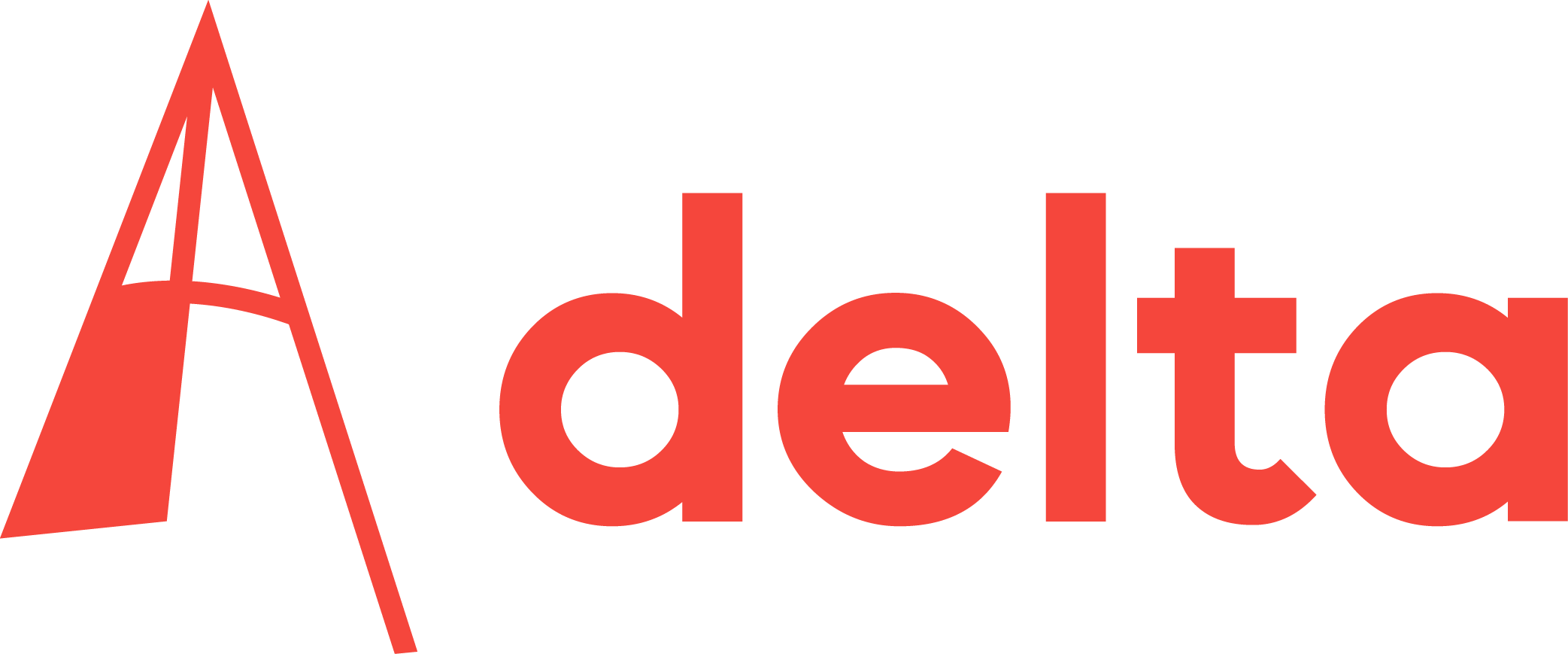But until now hardly any effort was made to reduce the drag that ships endure as a result of friction present at the ship’s hull. This drag might be reduced by producing tiny air bubbles under the hull of a ship. This bubble technique is not yet in use in the shipping industry, although the armed forces do use something slightly similar to make torpedo’s travel faster; they design torpedo’s in such a way that a big air sheet is formed around the head.
Experiments in towing tanks – in which model ships that produced bubbles were towed – show total drag reductions of up to twenty percent. But these experiments don’t show exactly what happens under the hull. It’s like a black box: you know that there is an effect, but you have no idea what mechanism causes it. This is what I’m investigating in this water channel.
With my test setup, in which I use a technique called particle image velocimetry, I will try to gain insights into the flow profiles under the hull and the way that bubbles influence them. I’ll add fluorescent tracer particles to the water and illuminate them with a laser. A camera takes two images in quick succession, and from the displacement of the particles I can calculate the velocity of the water.
I use electrolysis to generate bubbles with a diameter of about thirty micron on wire electrodes. This ‘white mist’ in the water flows along a force sensor in a wall that measures the friction.
I think that the bubbles reduce the drag, because by moving toward the wall they force the turbulent vortices underneath the hull to move away from the hull. This is what I hope to see. It would mean that there is an interaction between the bubbles and the turbulent flow structures, and that by increasing the amount of bubbles you can reduce the drag significantly.
The coming months will be exciting. Until now I’ve mainly been preparing for this experiment. I developed the force sensor myself, and that took quite some time. In addition I had to test and improve the flow uniformity in the new water channel and fix practical problems, like leakages.
When I started I was very ambitious. I had hoped I would be able to conduct the particle image velocimetry experiments, verify the results in a towing tank, and finally also test the effect of bubbles on a real ship. But gradually you realize that progress in science is made in very small steps.”
Het is de wereld van transport en infrastructuur. De kaarten laten zien dat het niet zozeer de afstand is die de reistijd bepaalt, maar de verbindingen.
En de dichtheid van wegen, kanalen, spoorwegen verschilt enorm van de ene plek tot de andere. Vaak is het een erfenis uit het verleden.
Bekijk alle tien kaarten op de kaart van New Scientist.



Comments are closed.